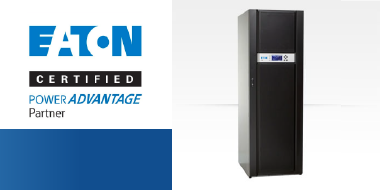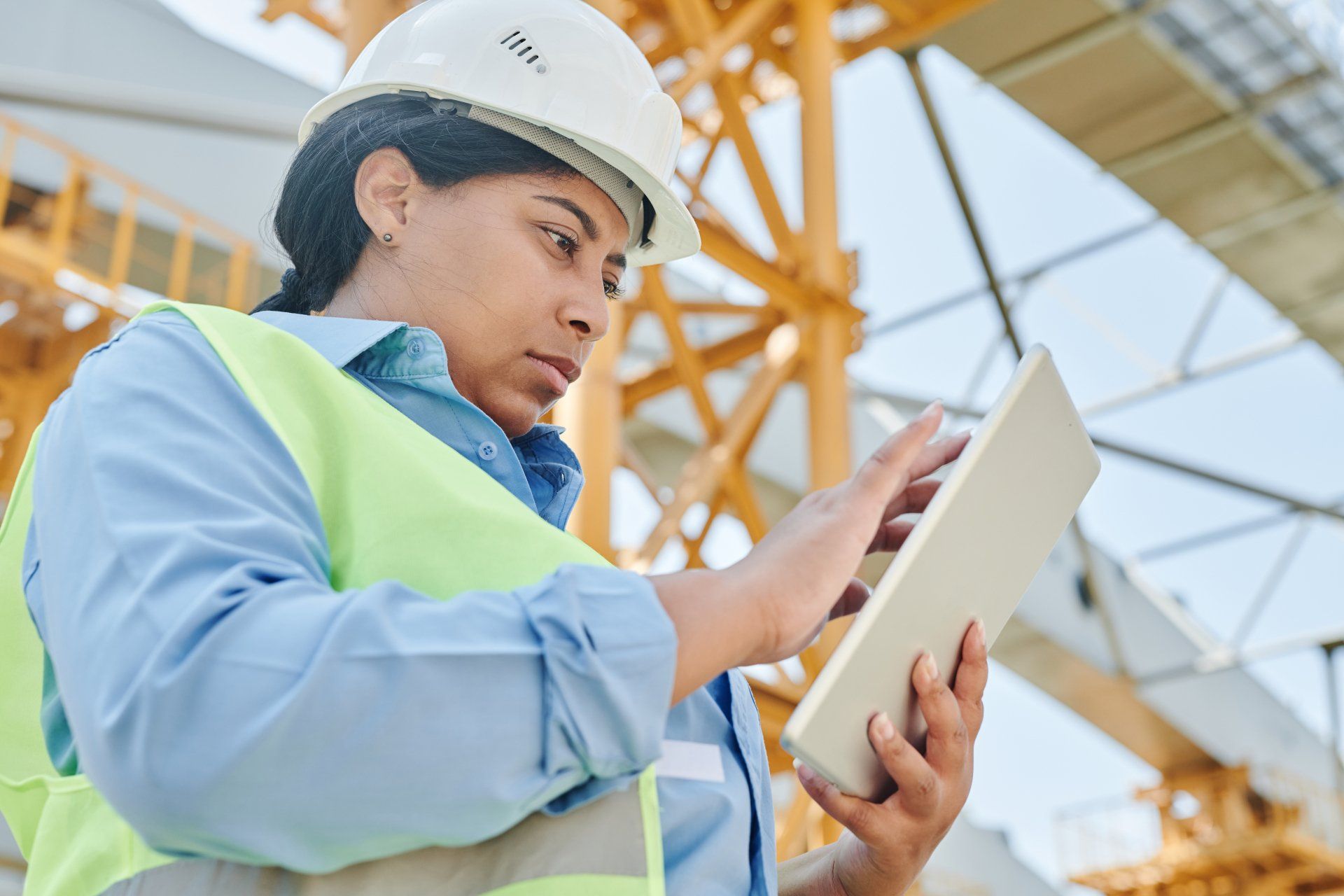What is the Difference Between Watts and Volt-Amperes for UPS Systems?
Share this article:
Uninterruptible Power Supply (UPS) systems are often integrated into electrical networks to minimize the risk of power supply failure. Found in a multitude of locations, unique UPS systems have been designed to fit specific industries best. For example, Military Specification (MIL-SPEC) UPS systems are utilized in military circumstances, while Industrial UPS systems are best for industrial or manufacturing industries.
Perhaps contrary to your first impression, identifying which UPS system category best fits your industry is not entirely confusing, because most systems are aptly named for the industries they are designed to support.
On the other hand, selecting the best UPS system for your needs must begin with understanding the technical terms found on UPS systems – specifically, volt-amperes and watts. Once watts and volt-amperes have been explored, choosing a system to power your specific needs is straightforward.
In the content below, we explore the difference between these two electrical measurement methods, especially as they relate to UPS systems. Let’s dive in.
What Are Volt-Amperes?
Volt-amperes (VA) is a measurement of “apparent” electrical power, calculated by multiplying voltage (volts) by amperage (amps). To understand VAs, we must define volts and amps individually.
Volts represent the speed at which electrons pass by a specific point within a closed circuit.
Amps compliment volts. An amp measures the volume (not speed) of electrons present within an electrical circuit.
Thus, VAs are calculated by the volume of electrons present in an electrical circuit by the speed at which the electrons move within the circuit. VAs measure “apparent” electrical power: the power that will be used once the current is in use.
What Are Watts?
Though the term is quite different, watts are identified in the same wayas volt-amperes (V x A = W). When referring to UPS systems, are VAs and watts interchangeable then? Though it may make matters simpler, the answer is no. Watts and VAs are calculated using the same formula, but they measure different factors.
VAs measure “apparent” power, while watts measure the “realpower” generated within the electrical circuit.
Ultimately, a device requiring 5 amps and 100 volts would be classified at 500 watts or 500 volt-amperes.
What About Ohms?
An ohm is another commonly confused technical term. However, it is beyond the scope of this piece to define and explore. If you’re interested in a deeper dive, we often reference an excellent resource comparing amps, volts, watts, and ohms written by one of our OEM UPS partners. The referenced blog is a concise overview of these misunderstood electrical terms, and we would recommend the resource.
Volt-Ampere UPS Rating
UPS systems rarely, if ever, mention watts! The term “volt-amperes” is much more common, so we’ll begin there.
VAs are especially utilized when considering AC circuits, because these circuits have inductive resistance. Inductive resistance is complex and calculating how many volt-amperes are required to run all devices in a specific circuit may require assistance from a specialist.
Additionally, a UPS system’s output capacity is determined by its output current. Volt-amperes are more accurate in describing output current than watts.
Watts UPS Rating
When a UPS manufacturer utilizes a watt rating for a UPS system, they often are (erroneously) using watts as another term for volt-amperes! Some manufacturers rate their systems in volt-amperes and watts to avoid confusion.
Watts are most often utilized when DC circuits are considered because DC circuits are pure resistance, and watts measure “real power.” To calculate how much power a circuit requires to function properly, simply add all the watts needed to run individual devices on that circuit. For example, if your circuit contained 3 devices, each working at 400 watts, you would need 1,200 watts of power to run the entire system.
The Benefit of Knowing Your UPS System’s VA Rating
The most obvious benefit of knowing your chosen UPS system’s VA rating is ensuring the system will be able to handle your electricity needs should your power shut down.
In addition, knowing your UPS system’s VA rating will prevent a system overload . Even if the power in your facility has not failed, it is possible to overload your UPS – leading to internal component damage and risk of fire.
How do you know if you’re overloading your UPS?
Firstly, select a unit that will be able to handle your needs easily. Your baseline load should not exceed 50% of UPS capacity – if the load has reached 60%, it is time to upgrade your UPS unit to meet your needs better. For example, if your system requires 700 VAs to function, we recommend purchasing a UPS unit with at least a 1,400 VA rating.
FGC Services: National UPS Technicians
At Facility Gateway Corporation , we are more than an IT team – we are national UPS technicians with decades of industry knowledge. Most of our seasoned veterans have been factory trained by OEMs and can work on nearly all UPS models.
Do you need quick, reliable assistance with your UPS system? Give us a call at 866-432-1711 to start a conversation. For crisis situations, call 866-255-6030 to reach our 24/7/365 emergency line.




